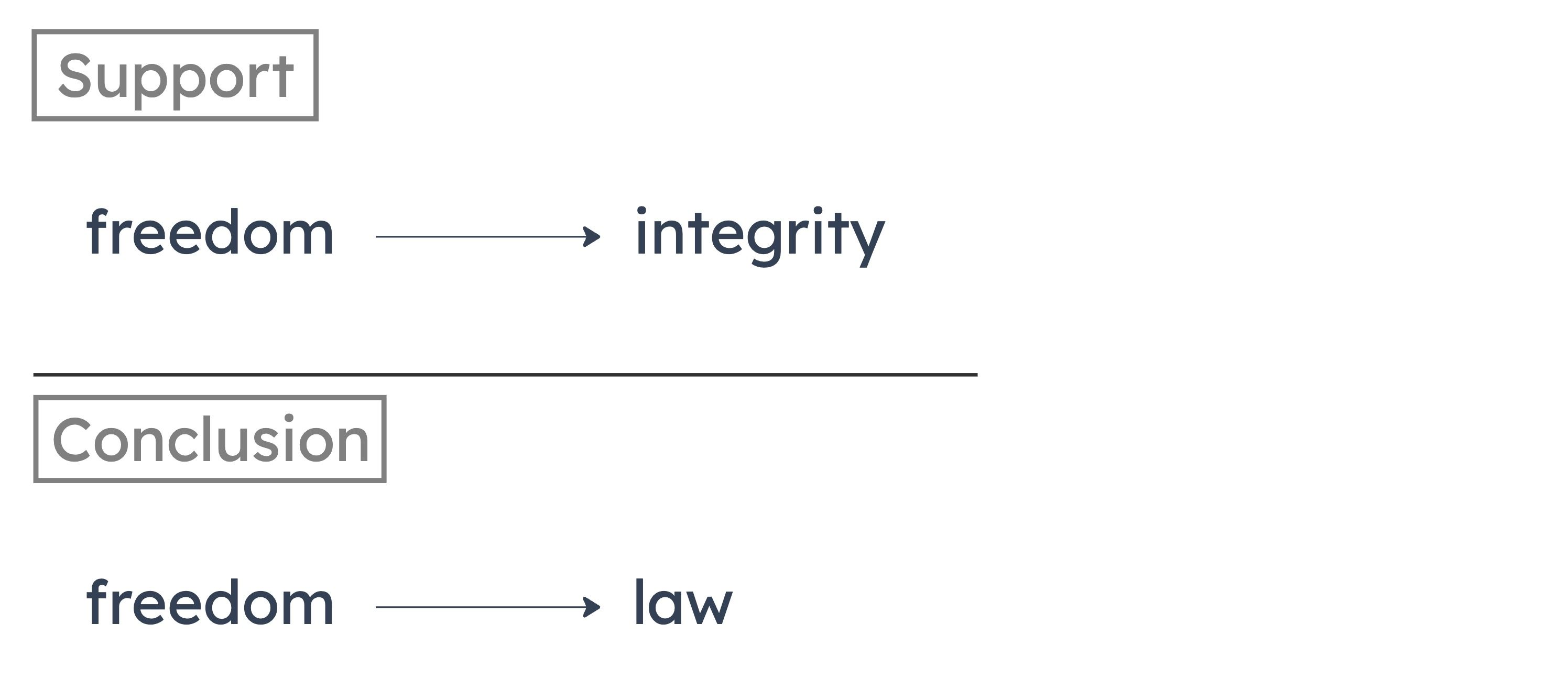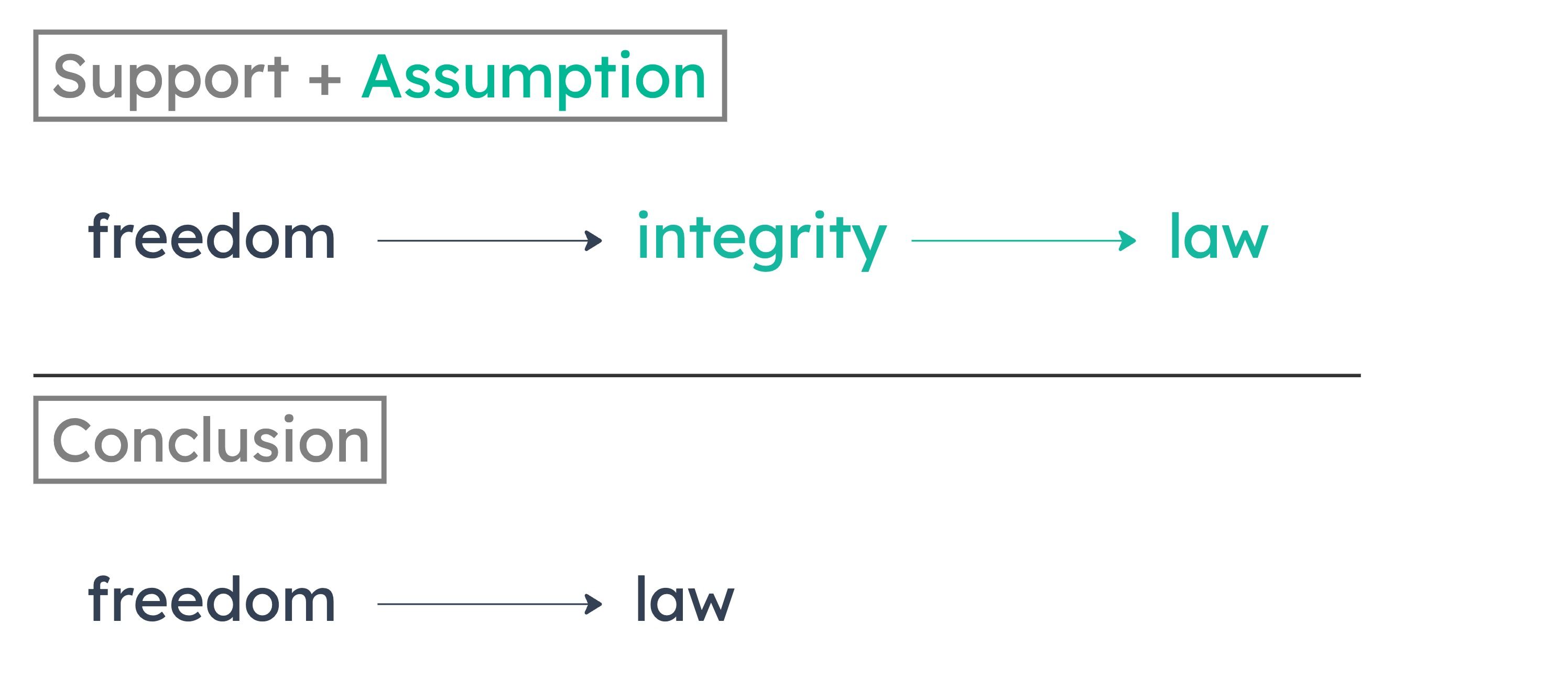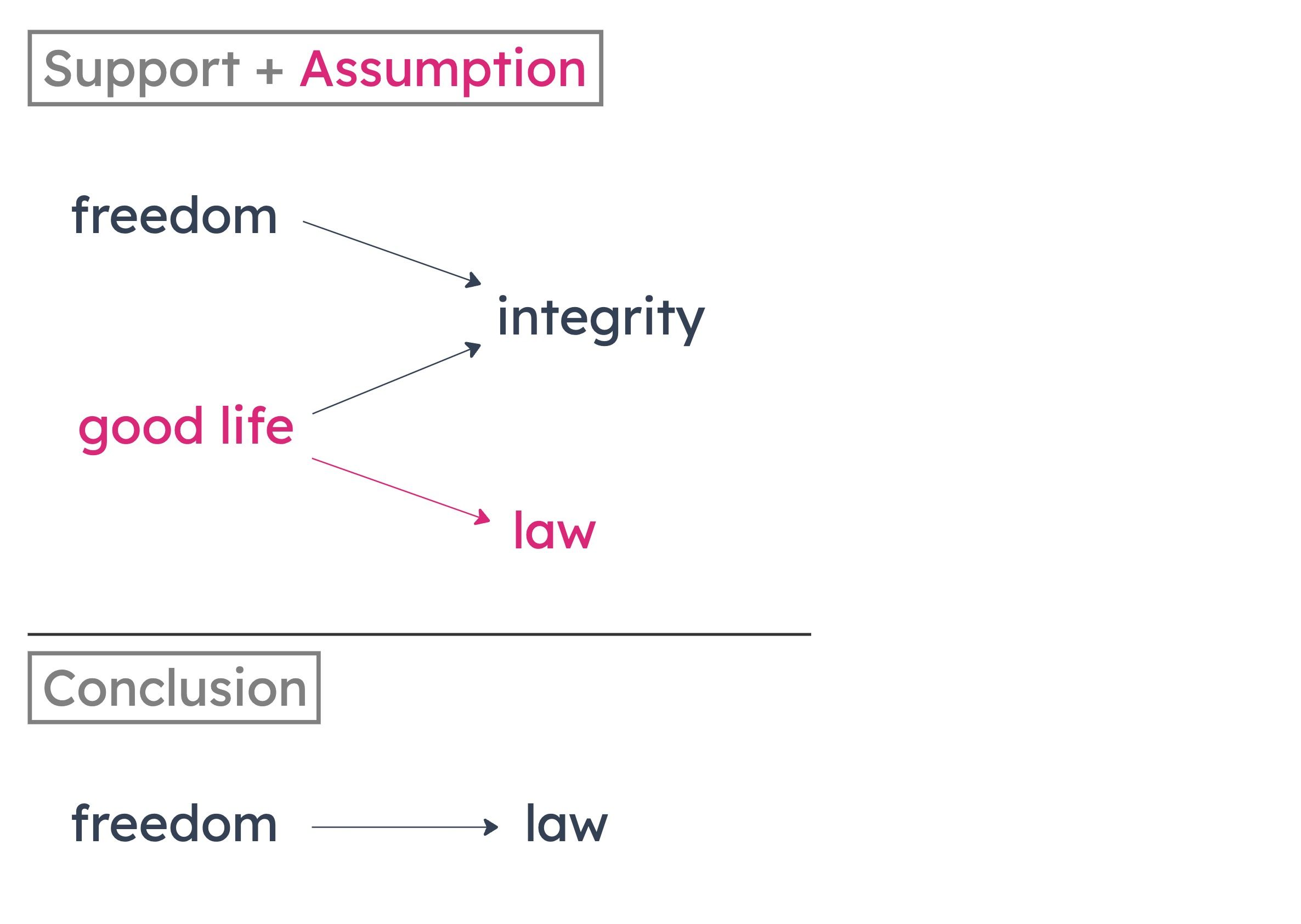A
The owners of the catering company decided to raise their rates.
B
The catering company needs to increase its rates to accommodate its expanding client base.
C
The catering company’s rates should not be raised.
D
The catering company’s mission is to provide low-cost gourmet catering.
E
The catering company’s mission will be jeopardized if its rates are increased.
A
bases a crucial generalization on a very limited sample
B
fails to consider the possibility that something that is unavoidable might nonetheless be undesirable
C
mistakes something that is sufficient to bring about a result for something that is necessary to bring about that result
D
makes a personal attack on someone who holds a certain view rather than addressing the reasonableness of that view
E
takes for granted that a characteristic of a group as a whole is shared by an individual member of that group
A
Vehicles with a reputation for being safer than others tend to be driven more carefully than other vehicles.
B
Vehicles with a high average fuel consumption have fuel tanks with larger capacities.
C
Recent statistics suggest that large vehicles such as SUVs tend to carry more passengers than smaller vehicles do.
D
Recent statistics suggest that the average number of fatalities in collisions between SUVs and smaller vehicles is higher than for other collisions.
E
Recent statistics suggest that SUVs are as likely to be involved in collisions as smaller vehicles are.
A
Owners of large tracts of private land are usually unwilling to plant trees unless they are given a financial incentive for doing so.
B
Over the last ten years the proportion of land that is deforested annually has not increased as much as has the proportion of carbon dioxide in the atmosphere.
C
When ground is disturbed in the course of planting trees, more carbon dioxide is released into the atmosphere by rotting organic matter in the soil than the new trees will absorb in ten years.
D
Many climate researchers believe that global warming is such an urgent problem that carbon dioxide emissions should be substantially reduced in less than ten years.
E
Gases other than carbon dioxide contribute to global warming, and trees do not absorb any of these other gases.
A
It describes an argument for a given conclusion and presents a counterargument to suggest that its conclusion is incorrect.
B
It questions the adequacy of a generally accepted principle by providing evidence to undermine that principle, and offers a different principle in its place.
C
It raises a question, describes a potential experimental test, and argues that the test is necessary to answer the question.
D
It describes an explanation for some facts, counters assertions that the explanation is unlikely to be correct, and concludes that it is correct after all.
E
It presents two possible interpretations of a phenomenon and provides evidence in support of one interpretation and against the other.
The first statement of the passage tells us, translated:
NOT educated population --> economically and politically weak
Taking the contrapositive, we get:
NOT economically and politically weak --> educated population
The next statement tells us, translated:
educated population --> commit to public education
Connect the two statements up and we get:
NOT economically and politically weak --> educated population --> commit to public education
From this, we are able to validly draw the conclusion that:
NOT economically and politically weak --> commit to public education
But, of course, the invalid conclusion actually drawn is:
commit to public education --> NOT economically and politically weak
The general form of this invalid argument is as follows:
A --> B --> C
__________
C --> A
Answer choice (B) exhibits the same form.
The first statement tells us that, translated:
incapable of empathy --> not good candidates
Contraposed, it says:
good candidates --> capable of empathy
The second statement tells us that, translated:
capable of empathy --> manipulate
Connect the two statements up and we get:
good candidates --> capable of empathy --> manipulate
From this, we are able to validly draw the conclusion that:
good candidates --> manipulate
But, of course, the invalid conclusion actually drawn is:
manipulate --> good candidates
As you can see, this argument, like the one in the passage, also takes the invalid form of:
A --> B --> C
__________
C --> A
The author then makes an extra conditional claim: social integrity is also necessary for pursuing the good life. But note that pursuing the good life has no relationship to either individual freedom or the rule of law. So this claim doesn’t offer any “pathway” to the conclusion that the rule of law is necessary for individual freedom. Since there’s no way for this claim to support the conclusion, it’s not actually a premise and we can ignore it.

A
There can be no rule of law without social integrity.
B
There can be no social integrity without the rule of law.

C
One cannot pursue the good life without the rule of law.
